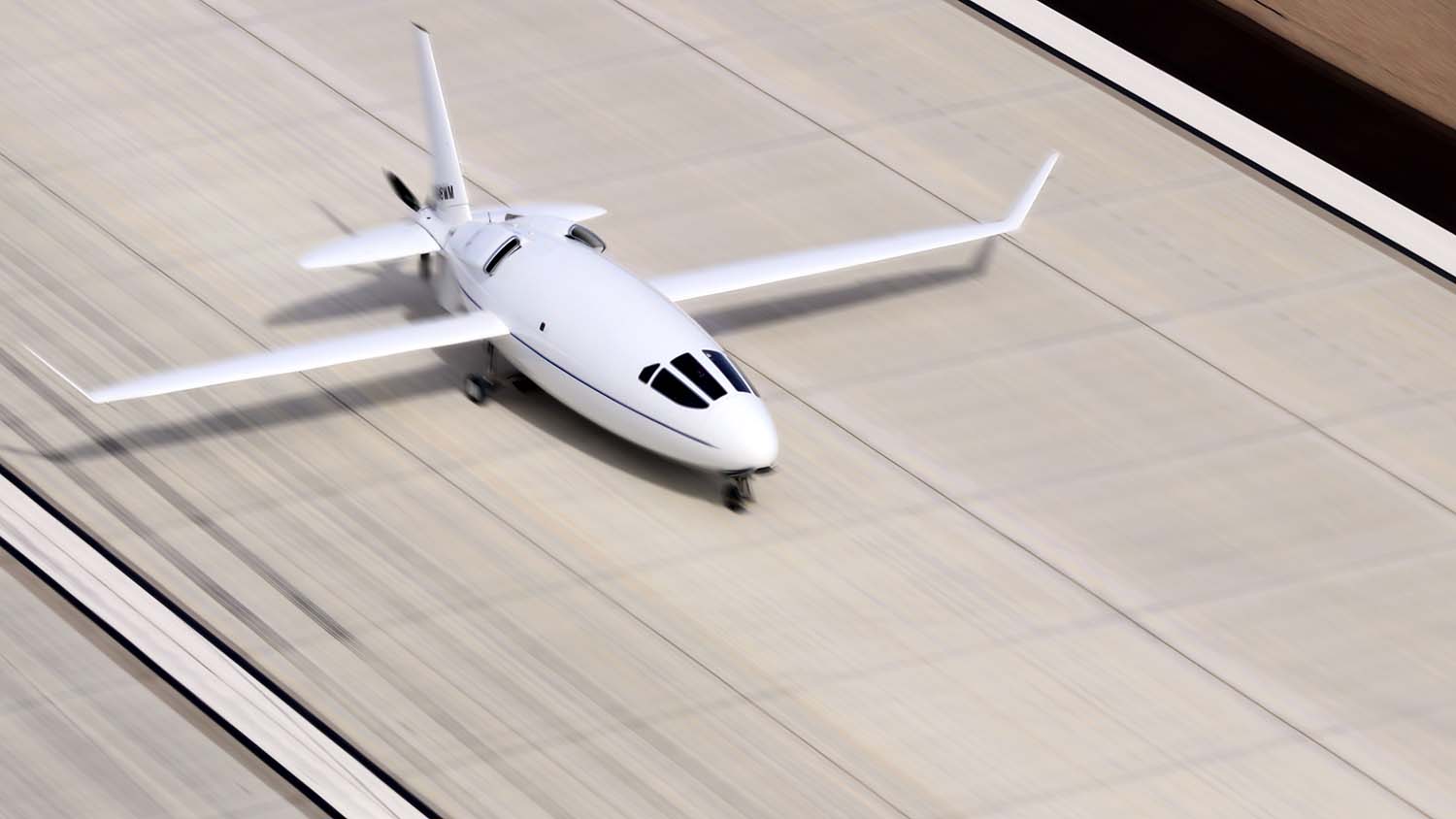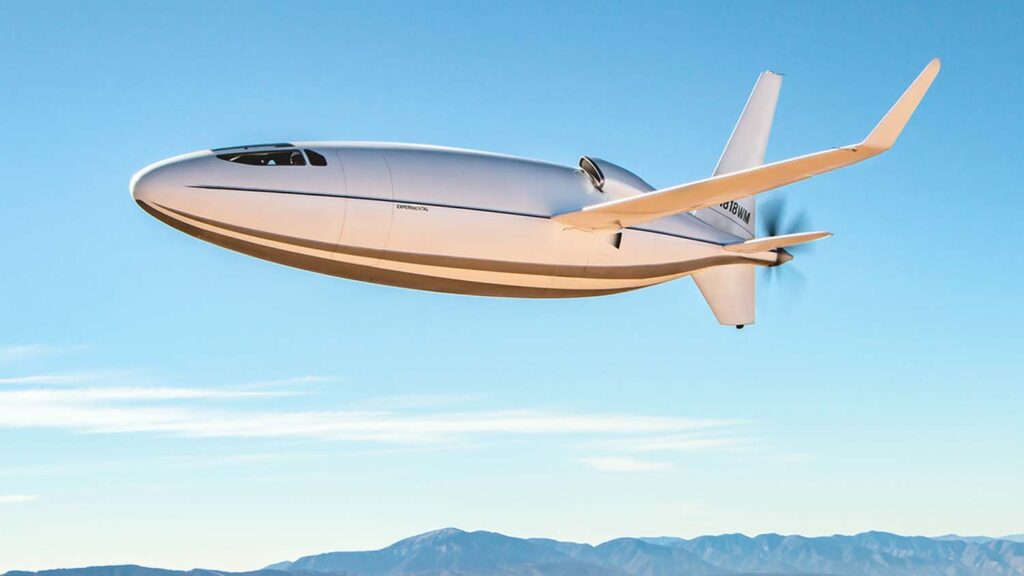Otto Aviation, a California-based startup looking to make private air transportation affordable for both the passenger and the environment, has spoken about the development of its revolutionary Celera 500L design.
The Otto Aviation Celera 500L is billed as ‘the most fuel-efficient passenger aircraft in the world’, with real world flight tests of the prototype aircraft recording fuel economy figures of 18 to 25 mpg and cruise speeds of 450 mph.

Passengers are able to relax in the 6’2” wide cabin over trans-continental ranges. The dramatic reduction in fuel consumption should make the production version of the Celera 500L the most environmentally friendly airplane in its class and presents a major leap forward in the effort to develop a zero-emission air transportation system.
This is predominantly down to the Celera 500L’s extensive use of laminar shapes – for the wings, fuselage and tail-section – that enable a 59 per cent reduction in drag over a similar sized aircraft.
When paired with a lightweight, fuel efficient V12 A03 engine, or future electric power plant, then the plane can really fly.
This does however create issues for the design and engineering process, given the revolutionary nature of the design and its clean sheet design, for bringing all elements together for full optimisation.
“Multidisciplinary Design Optimisation (MDO) of this aircraft is essential to its performance”, said Otto Aviation CTO David Bogue. “We need a tool that improves team collaboration and gets the job done faster.”
For this purpose, Otto has turned to Esteco Volta and its web-based product development and simulation platform.
“Volta’s server-based framework allows team members to alter optimisations on a real-time basis and deliver the best overall performance,” continued Bogue.
The evaluation period for Volta came about as Otto Aviation looked to improve the high-lift system of the aircraft, which can allow aircraft designers to reduce the overall size and surface area of the wing – lessening the drag of the Celera 500L when cruising even further.
Travis Fousek, senior aeronautical systems engineer, added: “Not only have the Volta optimisation results shown marked performance gains, but the framework has allowed faster design cycles and increased collaboration between structures, flight controls and aerodynamics disciplines, all due to the rich visualisation, exploration, and workflow toolsets.”
Esteco director of A&D Roel Van De Velde, concluded: “More and more aerospace companies are selecting us to modernise their MDO infrastructure.
“We are very excited that Otto Aviation has chosen us as well, and we are looking forward to support the development of this groundbreaking aircraft with our best-in-class technology.”






